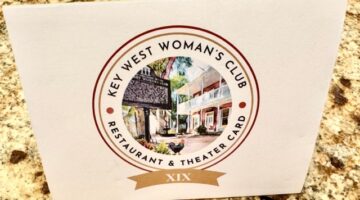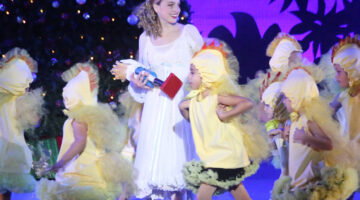Native Plant
By Robyn Mayer
One of the most pleasurable things about living in Florida, to me, is the proliferation of plants that surround us. I first fell in love with plants while working for the Lee County in the Fort Myers area and was delighted to discover when I arrived in the Keys many tropical and subtropical plants here that I hadn’t seen before. Many of these plants are not only beautiful but have fascinating uses throughout history by both animals and man.
One of my favorites in Florida is the Gumbo limbo tree, whose nickname is “the tourist tree” because of its characteristic red, peeling bark. This bark is almost iridescent and can look alternately and/or simultaneously red, green or silver in the sunlight. This beautiful hurricane-resistant tree was once brewed into a tea for treating gout, and as an anti-inflammatory. Gumbo limbo has also been used to make glue, varnish, incense and as the traditional wood for carving carousel horses.
The Bahama strongbark, also called the Bahama strongback, with its fragrant yellow and white flowers and bright orange berries, is a favorite of hummingbirds and the Bahamian swallowtail butterfly, the Giant swallowtail and numerous other butterflies. It has been used to brew a stout beer, as a cure for thrush, and is rumored to have aphrodisiac qualities, hence the name “strongback,” for its abilities to give men strong backs in the bedroom. It grows year-round in tropical hammocks and is a handsome shrub that can reach heights of 15 feet.
The Jamaican dogwood’s Latin name is Piscidia piscipula, which means “fish poison.” This broad-leafed tree, endemic to southern Florida and the Keys, Texas, the Caribbean and Latin America, was used by native Americans to sedate fish, making it easy to catch them by hand. It was also used as an analgesic, to treat anxiety and as a sedative for people, and has another nickname, “fishfuddle.”
This medium-size deciduous tree has long, broad, grayish-green leaves and gorgeous large white flowers tinged with red or pink. The pod-like flowers have four wings, which attract bees and butterflies and later turn into papery brown husks. This tree is popular as an ornamental in yards and its wood is used for boat-building and fence posts.
The Wild cotton is an elegant plant with large, light green, three-lobed leaves. This larval host plant for gray hairstreak butterflies is related to commercial cotton. The fruit of this plant opens to expose the cottonseed and characteristic, puffy cotton. It is endangered because it was destroyed in large numbers due to a fear of hosting the boll weevil. Because of these fears, a permit is required to grow this plant but it should not be removed from the wild.
A very popular plant in Florida that attracts many questions in the park where I work is the Callicarpa americana, or American beautyberry. This plant grows in long, arching stems and has oval leaves with pointed tips and small, bright pinkish-purple berries that grow in clusters. Many birds love the berries, which can also be used to make wine or jam. Probably the plants most interesting characteristic is the fact that it contains several chemicals that have been proven to repel insects: callicarpenal, intermediol and spathulenol. All three chemicals repel mosquitoes. The USDA’s Agricultural Research Service has filed a patent application to use callicarpenal as an insect repellent. Beautyberry has been used as a folk remedy for centuries to repel bugs, by crushing this plant’s leaves and rubbing them on the skin.
[livemarket market_name="KONK Life LiveMarket" limit=3 category=“” show_signup=0 show_more=0]




No Comment